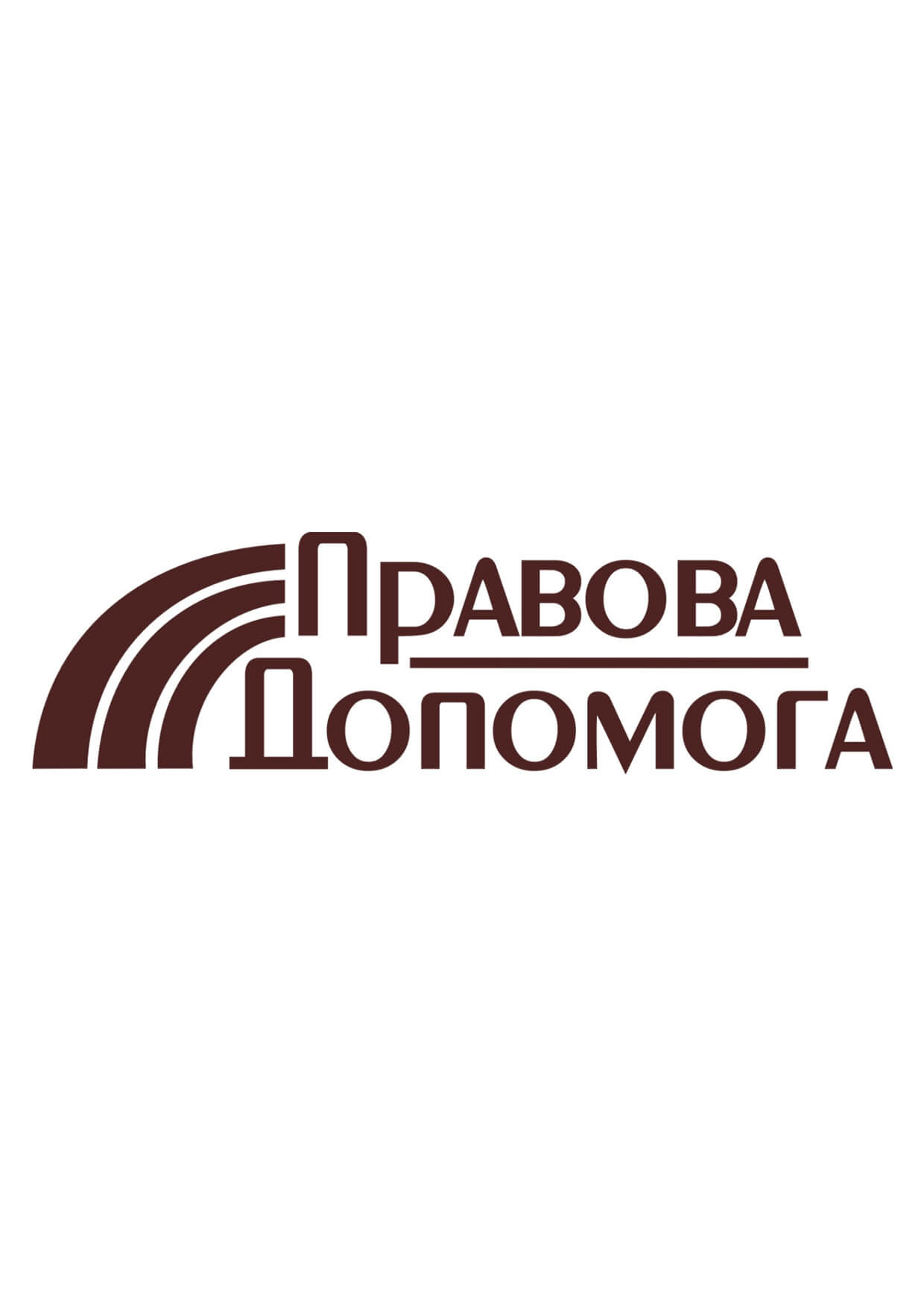Optimization of taxation in the IT field

If you want to work or do business in the IT industry, you will be faced with the following questions:
- Which taxation system to choose: general or simplified?
- What are the pros / cons of a single tax group?
- Which taxes will have to be paid?
- Whom is it better to work with: an employee - programmer (under an employment agreement) or a sole proprietor (under a civil law contract)?
Today we will answer questions and give useful information both for people who are just planning to carry out entrepreneurial activities in the IT industry, and for owners of IT companies who would like to optimize taxation and their activities through registration of transactions with IT personnel.
Read also: What To Do In Case Of Search In IT Company?
Tax system for IT activities
As is known, there are two systems of taxation - general and simplified (single tax).
The general taxation system provides for payment of taxes, which are deducted from net income (gross income minus expenses), namely:
- income tax at 18%;
- military fee at 1.5%;
- single social security tax at 22%.
We will not elaborate on this taxation system, as this system does not meet the IT activities.
The simplified taxation system is divided into four groups.
It provides for the payment of:
- Single tax of your tax group;
- Single social security tax at 22%.
The first tax group is not suitable for IT activities, as it is used for trading from the trays in the markets and providing household services. The fourth tax group is intended for agricultural producers. So, only the Second and the Third tax groups may be used for the IT sphere. Let’s consider the tax rates for these groups in more detail.
Group II rate features:
- up to 20% of the minimum wage set as of January 1 of this year;
- depends on the region of registration of the sole proprietor and its activities, as the rates are set by local authorities.
Group III rate features:
- 3% (if VAT) and 5% (if VAT excluded) of gross income.
- you can choose the rate with VAT, or without VAT (there are privileges for VAT payers in IT sphere).
In addition, these two groups differ both in terms of reporting and single tax payment.
You may also like: Accounting News For Sole Proprietorship In 2020
In order to understand which group is the most optimal option, you should analyze certain information at the initial stage of planning activities, for example, who will be your customer.
Why is this important? Because sole proprietors of Group 2 can provide services only to individuals, entrepreneurs and legal entities using the simplified system. So, if you plan to cooperate with legal entities of the general taxation system and foreign companies, the second tax group is not for you.
Another advantage of the 3rd tax group is that the payment of the single tax is tied to the income received in the reporting period. Therefore, if there is no income - you do not need to pay a single tax, while in Group 2 the single tax shall be paid regardless of the income generated.
Labor relations in the IT sphere: How to choose a tax advantageous scheme?
In order to optimize and minimize the tax burden it is necessary to correctly build the labor relations of the company with its hired employees. There are several ways (schemes) to optimize taxation in IT activities.
Method 1. The IT company employs programmers under an employment agreement, and this involves the maintenance of accounting and personnel records, appropriate reporting on hired employees, as well as the tax burden:
- Income tax;
- Military fee;
- Single social security tax.
Method 2. Conclusion of civil law contracts with individual entrepreneurs (programmers). At the same time, there are two options for the implementation of activities:
- An individual entrepreneur directly enters into an agreement with customers for the development of a software product and receives remuneration for this (from the income received it pays single tax at 5 % and single social security tax at 22% of minimum wage);
- The IT company enters into an agreement with customers, after which it must organize the accounting for an individual entrepreneur and pay taxes. The disadvantage of this option is that during a tax audit, the transactions of the IT company with programmers may be recognized as labor relations, which may have unpleasant consequences for the IT company (additional charges, fines).
Method 3. This method combines the two previous ones. The IT company formalizes labor relations with the main employees, and with the others enters into civil law contracts for the provision of software services.
At the same time, in order to avoid misunderstandings during inspections, individual entrepreneurs shall work remotely using their own equipment (and not only with this company). This means they shall not work at the company’s office.
Method 4. Outstaffing of personnel - taking employees out of the company and placing them on the staff of the outstaffer company. Recently it has become one of the effective ways to minimize the company’s expenses by means of tax optimization.
Read also: Legal Assistance To Companies Regarding Outstaffing In Ukraine
What can IT professionals expect from future legislative amendments? Single Tax Group V
Taking into account the fact that we live in the period when all spheres of the country’s life are undergoing reformation, innovations do not bypass the sphere of information technologies.
The draft laws related to the activity of IT companies can have both positive and negative aspects. Thus, for example, the introduction of the 5th group of single taxpayers has both advantages, as the entrepreneurs of the IT sector will be granted privileges (exemption from tax for 9 months) for start-ups, and disadvantages, as the tax rate will annually increase by 1% .
We can also recall the government’s plans to create a Human Capital Development Foundation for the IT industry - IT Creative. The funds of this Foundation will be used for scholarships for talented students, grants for young scientists and the creation of educational infrastructure.
Contributions to the Foundation will be voluntary as a special taxation option for individual entrepreneurs in the IT industry. When using this option, individual entrepreneurs shall make the following payments:
- Single tax at 5%;
- Military fee at 1.5%;
- Single social security tax from two minimum wages;
- Human capital development fee at 1% for the year of introduction, with a gradual increase by 1% per year until reaching 5%.
There are also many pros and cons arguments on the establishment of the Foundation.
When planning and implementing any activity, including in the IT industry, you need to take into account the different characteristics and specifics of the activity you have chosen.
So, if you want to immediately establish an optimal tax system for your business or activity, just give us a call.
Our clients









